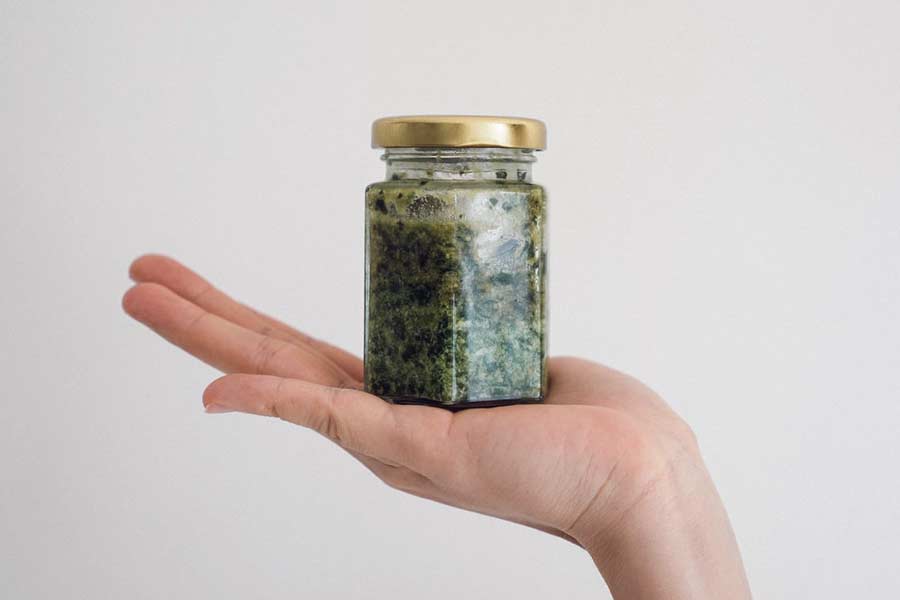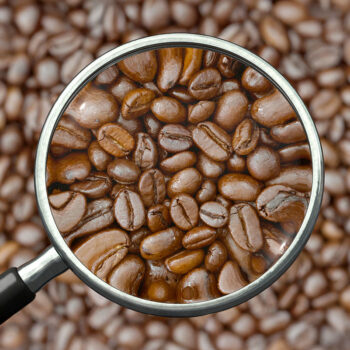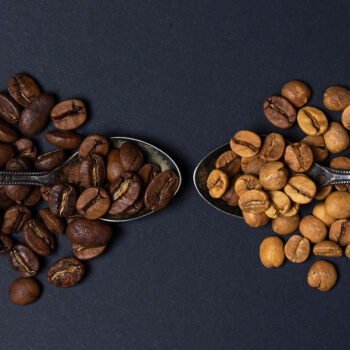Pesto is made by combining few simple ingredients, including basil, olive oil, garlic and parmesan cheese. Some brands choose to add nuts such as pine nuts or cashews to add flavor and texture. Pesto has a unique and delicious taste, and some dietitians agree that it’s a good way of packing extra nutrition into your meal. Due to the various ways of making pesto, every product has a different number of calories and fat content.
A serving of one type of pesto containing different ingredients may have around 250 calories and 25gms of fat. Such a pesto may have more calories and fat than you may need. Although pesto uses unsaturated fat that may be good for your heart, the fat content is still high and may contribute to your exceeding your caloric budget, leading to weight gain. You will also find 330 milligrams of sodium in 1/4 glass of pesto, which exceeds the limit considered healthy by the American Heart Association. Despite these potential drawbacks, pesto does offer a number of potential health benefits.
It’s full of antioxidants
Ingredients used to make pesto such as basil and garlic are packed with many antioxidants that will help to protect your cells against free radicals that lead to cell damage in your body. Free radicals can contribute to many health issues, including heart disease, cancer, skin ageing and bone loss. Consuming pesto can potentially help you prevent these illnesses that can be life-threatening.
It’s a great source of calcium, minerals and vitamins
Parmesan cheese is a good source of calcium, and it may also contain vitamin D to help keep your bones strong. Vitamin D is essential in encouraging better absorption of vitamins and minerals in the intestines, including iron, zinc and magnesium. Garlic, cashews and pine nuts are all good sources of minerals to help you add a boost to your bones. Vitamin E and vitamin C in basil are more of the antioxidants mentioned above.
It’s good for the heart
Pesto is good for the heart since it contains high amounts of Omega-3 fatty acids that enable the heart to function efficiently. This can potentially help reduce the risk of acquiring heart disease or stroke.
It can help in normalizing your blood sugar
The pine nuts and garlic used to make pesto sauce can help to normalize your blood pressure and keep your arteries healthy.
It heals the circulatory, digestive and immunological systems
Garlic is known for its antiviral and antifungal properties. When used in pesto, it can provide a number of protective properties. It contains allicin that combines with other compounds such as ajoene to heal your circulatory, digestive and immunological systems.
It pairs well with other healthy foods
If pesto’s high fat, sodium and extra calories are a problem, you can make it part of an overall healthier meal by switching out the carbs. Pesto is usually served with pasta that can be high in carbs and calories. Switching it out with healthier options like vegetables and low carb options can help you achieve lower calorie goals. You can also make your own pesto instead of buying the store-bought one. Using your own ingredients, you can ensure you measure them to avoid exceeding your calorie needs.
Moderation is key
Pesto is healthy if eaten in moderation. Although it is high in fat and calories, it still contains essential ingredients such as vitamins, minerals and monounsaturated fats. This delicious classic can help you maintain a healthy heart and healthy cells. As long as you are careful about the food you eat it with, you can enjoy your delicious serving of pesto guilt-free.








